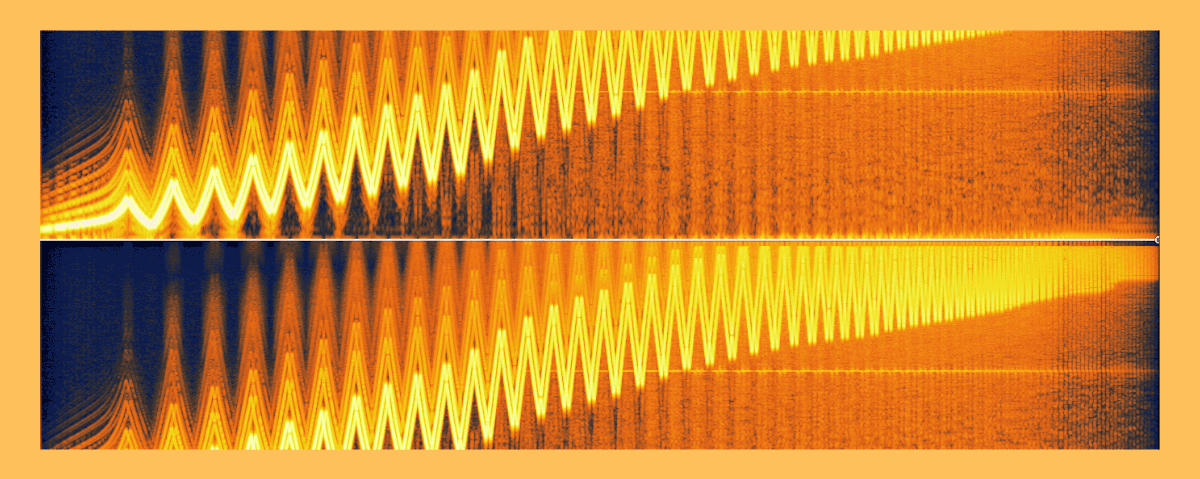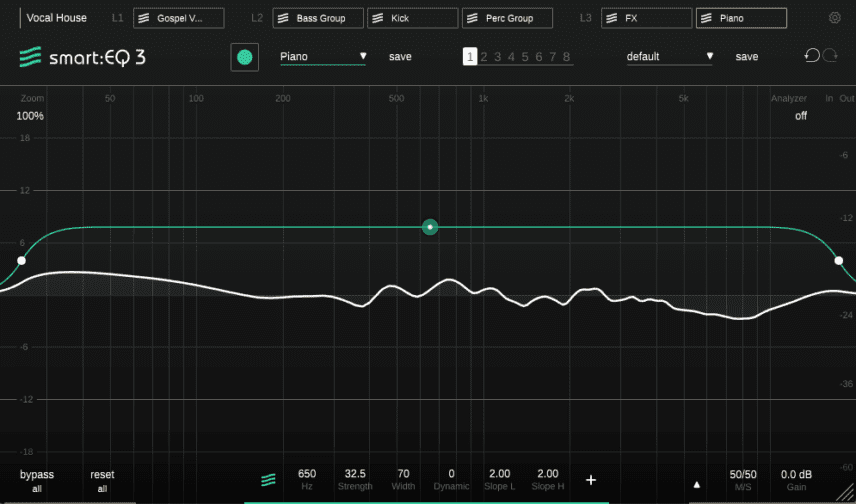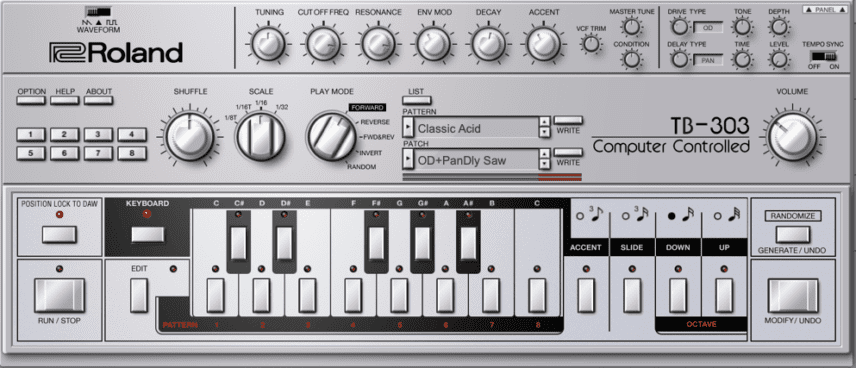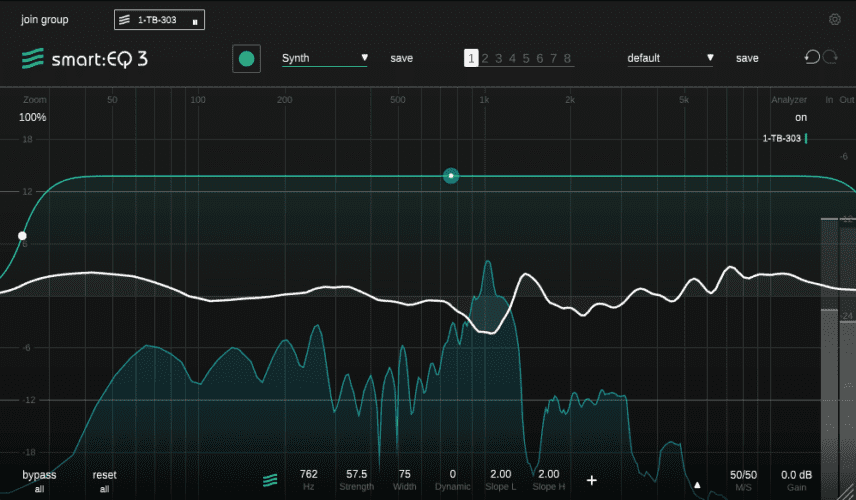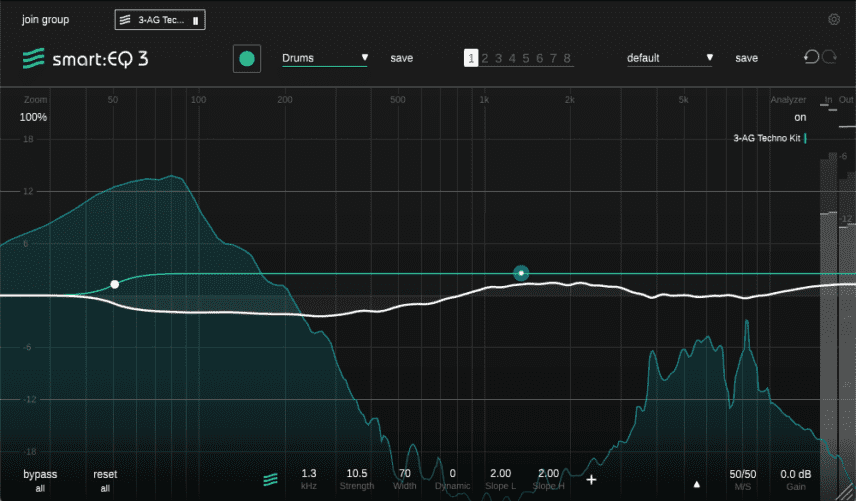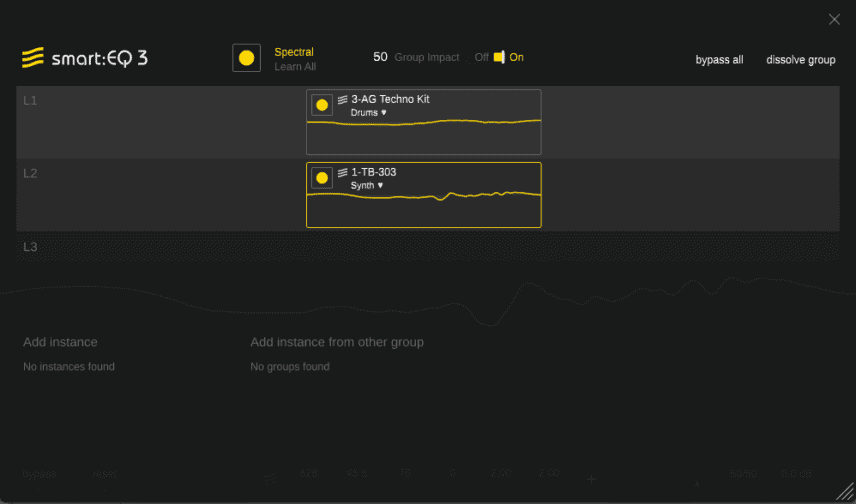Spectral processing is a popular music production technology and is currently all the rage but what is it exactly? We use Sonible’s smart:EQ 3 to help explain.
Spectral processing is the latest thing in music production, appearing in EQ, compressors and even effects. It’s touted as a way to reduce resonances and generate natural-sounding results. Effects such as Sonible’s smart:EQ 3 and smart:comp both feature it, as does iZotope’s Rx restoration program and Ozone mastering plugins, Live’s Spectral Devices, Steinberg’s Wavelab Pro, and many more. It’s a powerful tool for audio shaping and processing and it really can sound good.
But what is it though?
What Is Spectral Processing Then?
When we listen to music, or when we look at a waveform, we’re engaging with it in the time domain. To get music into the spectral realm, it needs to first be changed into discrete frequency units. This is done using a mathematical calculation called fast Fourier transform, or FFT. These discrete frequency units, actually sine waves, can then be visualized with a Spectrum Analyzer or altered via processing at very small levels. It is then changed back into audio using an inverse fast Fourier transform, or IFFT.
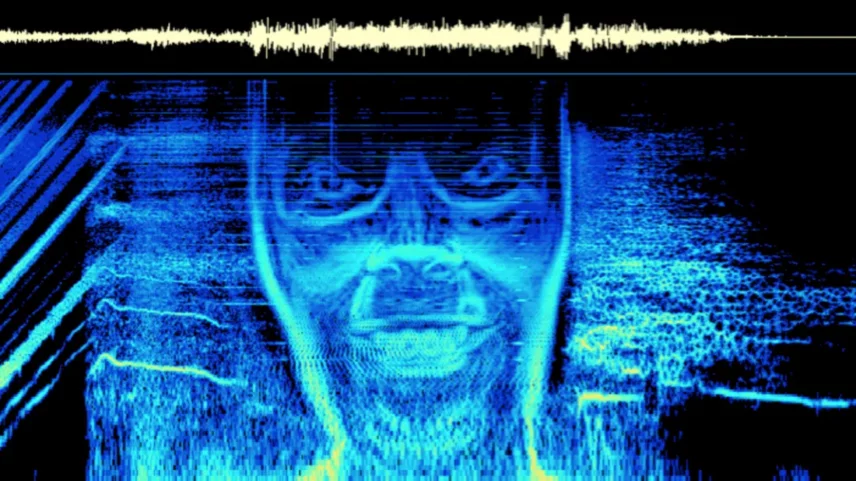
Although this technology has been around for a while, particularly since the ‘90s, advances in computing power have enabled real-time (rather than off-line) processing of spectral audio, resulting in the latest crop of plugins.
One of the most common uses of spectral processing is audio restoration, as with iZoptope Rx. The audio is displayed as a spectrogram in a spectrum analyzer. It uses a heat map (like what the Predator sees) to display audio in both time and frequency domains. The horizontal axis shows the duration of time of the audio file, while the vertical displays frequency information, with higher frequencies at the top. Intensity of colour correlates to density of frequency, with brighter colours indicating more frequency activity. (See this Spectrum Analyzer for an example.) With Rx then, you can pinpoint a pop or crackle in the audio by its colour intensity and then ‘erase’ it from the image.
Spectral processing isn’t limited to just audio restoration though. It can be used in other ways, such as equalization.
A Quick Overview of smart:EQ 3
While the visual aspect of spectral processing is convenient, it’s not necessary for the effect to work. The point with spectral processing is that the audio has been broken into tiny, discrete units, almost like frequency grains. You can target these grains at a very fine level, allowing for extremely surgical audio processing.
Once you know that spectral processing allows you to target discrete frequencies, it’s an easy jump from audio restoration to equalization. Sonible’s smart:EQ 3 uses spectral processing to target these very fine frequencies, allowing for frequency boosting and attenuation at an almost microscopic level.
We’ve already covered in detail how to use smart:EQ 3, but in general, smart:EQ 3 combines spectral processing with AI to help balance your mix. It does this on individual tracks and across stem groups.
For individual tracks, start by choosing a preset profile that most resembles your target audio (drums, bass, etc.). Then let the plugin listen to your audio. It will analyze it and make suggestions on how to improve it sonically using spectral processing, removing harsh resonances and any ungainly frequency notches. You’re free to then reduce or exaggerate these settings. You can also augment this with your own boosts and cuts.
Once your track mix is done, you can group the tracks (up to six) together. smart:EQ 3 can then analyze them as a whole. Using spectral processing, it listens for frequency masking (overlap between channels) and addresses it. There is also a three-tier hierarchy for your sounds, with elements requiring the most focus going at the top. Based on these choices, smart:EQ 3 will bring certain sounds forward or push them back into the mix.
Spectral Processing In Action On A TB-303
Here we have a Roland Cloud TB-303 track. It’s fairly honky with a lot of resonance plus some distortion. We’ve also got it running through the Live stock Glue Compressor to really bring up the harshness. There may be a time that this kind of brash and in-your-face sound is exactly what you want but let’s assume that we don’t. We want power without abrasiveness. Let’s see how spectral processing can tame this.
We put smart:EQ 3 on the track after the compressor. We choose the Synth profile and hit the listen button. The plugin analyzes the audio and gives us what it thinks is a good EQ curve. By pulling up on the top node we can make the AI’s changes more prominent. Going in the other direction makes it more subtle. We can even drag it below the centre line and hear the opposite: the frequencies we don’t want. The new EQ curve is significantly less honky but also gives us a nice boost at the bottom, just what we want from a bassline.
Here is the straight TB-303 before processing:
And after:
Spectral Processing In Action On A Drum Bus
Let’s try it again, this time on a drum bus. We’re using the Ableton Live clip, Techno Steady 133 bpm. We choose the Drums profile and let it listen. This time the results are quite a bit more dramatic. The original drum loop is fairly bassy, even boomy, and it seems that smart:EQ 3 didn’t like that. We do, however, so we tame the effect and also move the bar over so the EQ changes start around 50Hz.
Drums before spectral processing:
And after:
Spectral Processing In Action On Multiple Tracks
So far, we’ve seen how smart:EQ 3 addresses individual tracks. Let’s use it to demonstrate spectral processing across a group of tracks and address any frequency buildup between them. As it makes these changes at a very fine level, it’s a less heavy-handed effect than the usual EQ frequency carving.
We go into Group mode and place the drums on the top tier and the TB-303 below. This will place the focus on the drums and move the acid bassline back into the mix a little. We let the AI listen to the tracks and then it generates the results. There is no visual feedback here but we can change the Group Impact amount, which reflects how much of the group spectral processing the plugin applies.
The grouped tracks before spectral processing:
And after:
When To Use Spectral Processing
Spectral processing is just another tool for your mixdown toolkit. Is it ‘better’ than traditional EQing? Not necessarily. It delivers a particularly smooth result that could be perfect for your track. We really like the way it sounded on this vocal house track. However, traditional surgical EQing – or even vintage-style broad boosts and cuts – could also be valid. It really depends on the song at hand and the goal of the mix.
This content is supported by Sonible. If you want to read more about content funding on Attack Magazine and how we can continue to provide content to you for free, visit our content funding page for a breakdown of our editorial policy.
